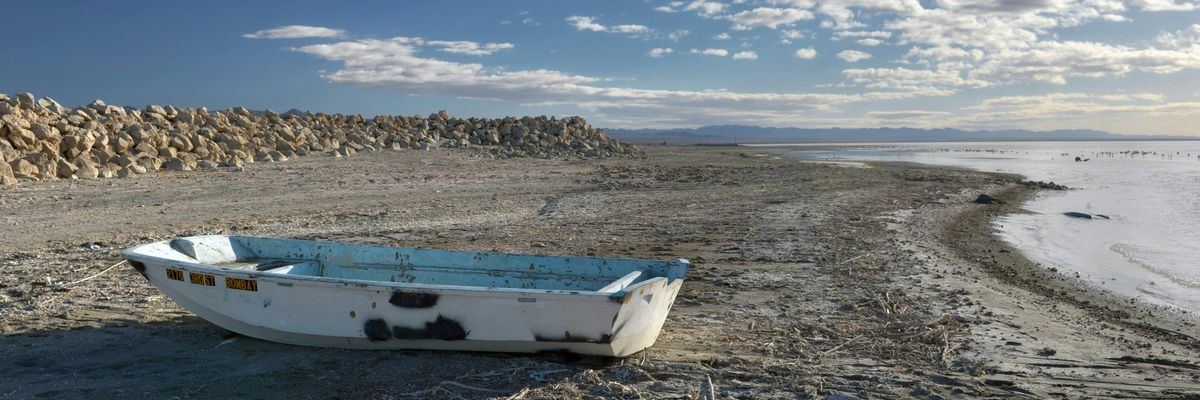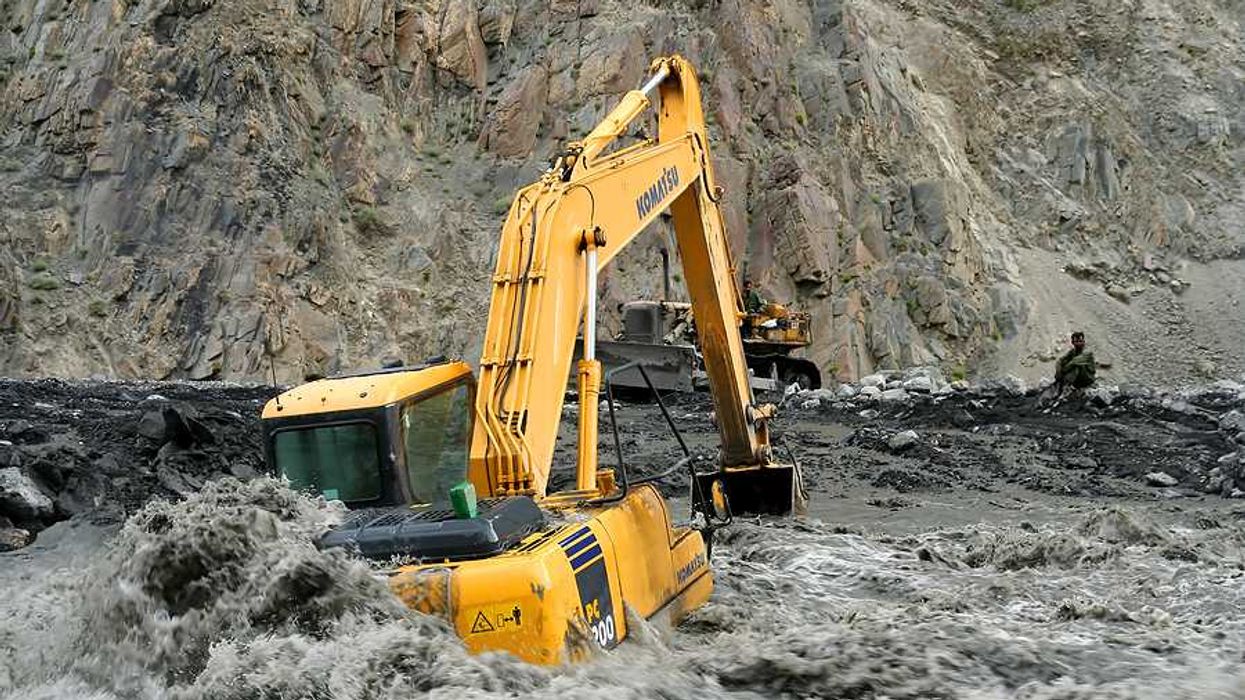A new study shows that airborne dust from the shrinking Salton Sea contributes less than 1% of the region’s fine particle pollution, prompting researchers to shift focus toward indoor air quality in nearby homes, schools, and workplaces.
Niamh Ordner reports for Los Angeles Times.
In short:
- Researchers found that the exposed shoreline of the Salton Sea contributes a small fraction of fine particulate pollution in the Coachella and Imperial valleys, contrary to long-standing assumptions.
- Air pollution in the region stems from multiple sources including diesel exhaust, pesticides, farm operations, road dust, and lithium mining — often trapping pollutants in the desert basin’s unique geography.
- Scientists and advocates now argue that improving indoor air quality may do more to protect residents, especially children, than continued dust control efforts along the lake.
Key quote:
“A tiny amount of toxic material, even if it’s infinitesimally small, can still have really major health effects.”
— Dr. David Lo, University of California, Riverside professor
Why this matters:
The Coachella and Imperial valleys suffer from some of the worst air quality in California, with rates of asthma and respiratory illness far above state averages, especially among children. The area is home to largely Latino and Indigenous communities, many of them low-income, who are exposed to a dense mix of pollutants: agricultural dust, diesel fumes, chemicals, and even bacteria-laced particles. The Salton Sea’s drying bed has long drawn blame and state funding, but growing evidence suggests that daily exposures indoors and in schools may be the bigger health risk. Shifting the focus to where people spend most of their time may better reflect the lived reality of environmental injustice in this region, researchers suggest.
Related: Salton Sea dust linked to rising child respiratory issues, study finds
















